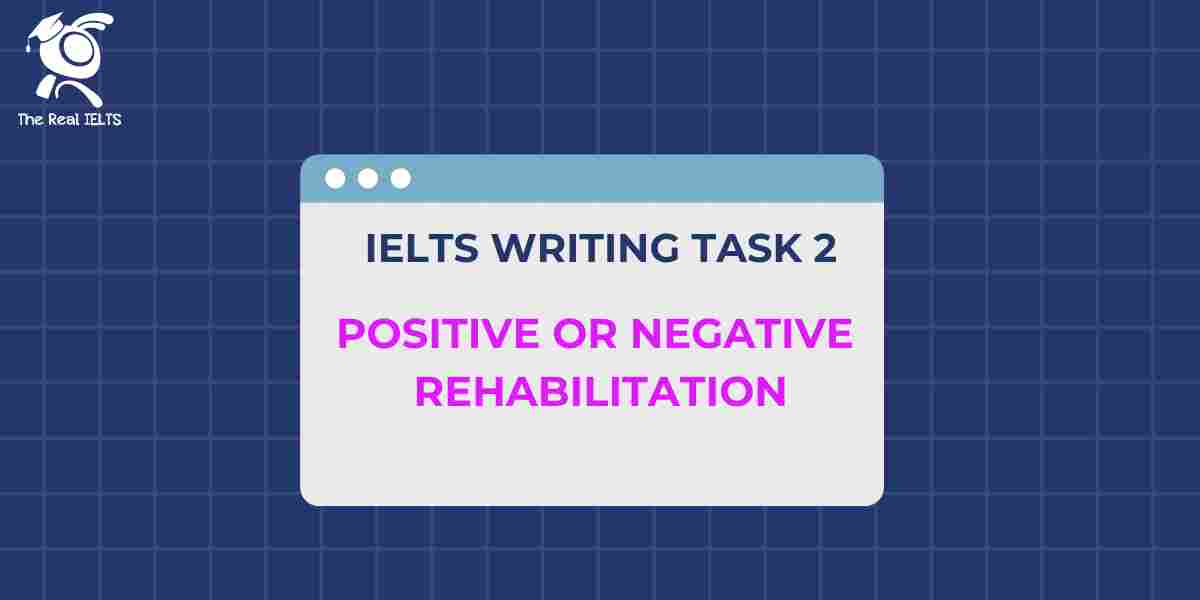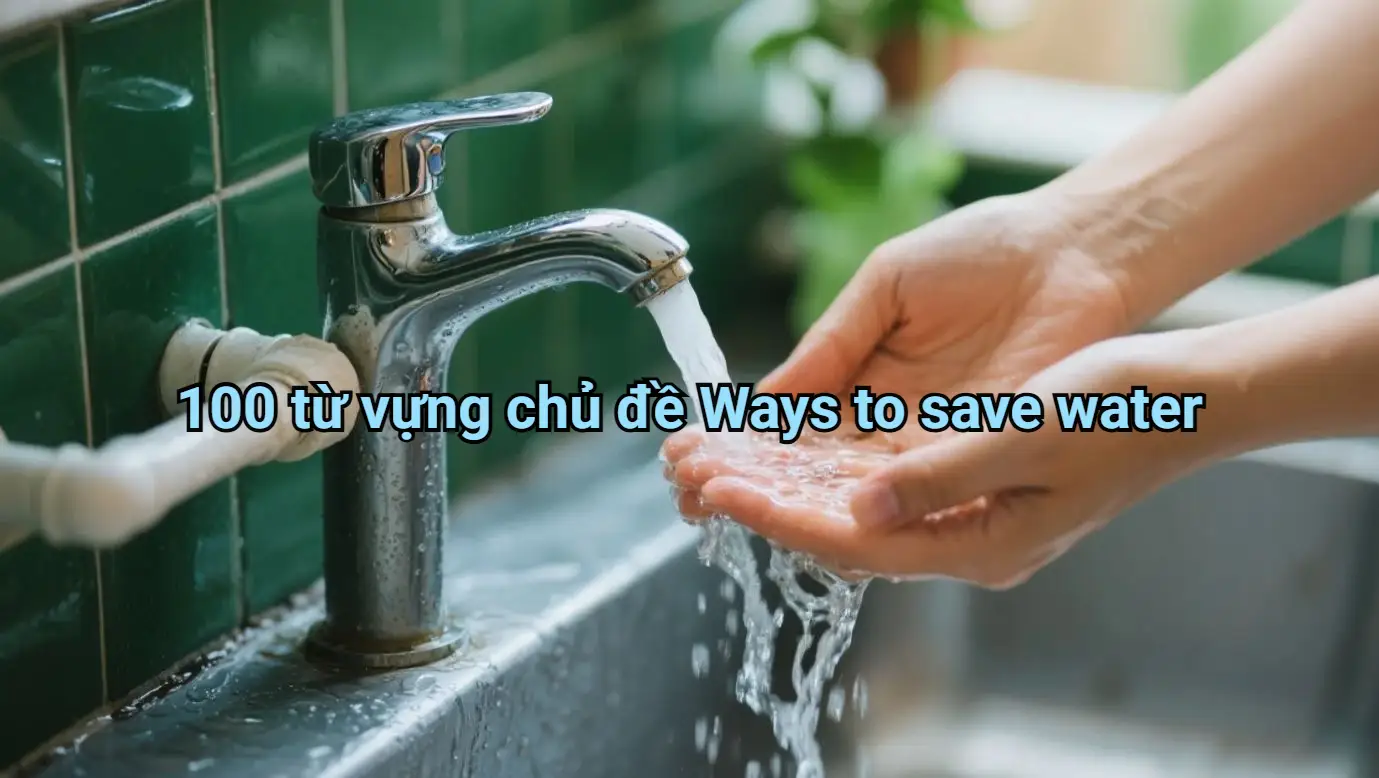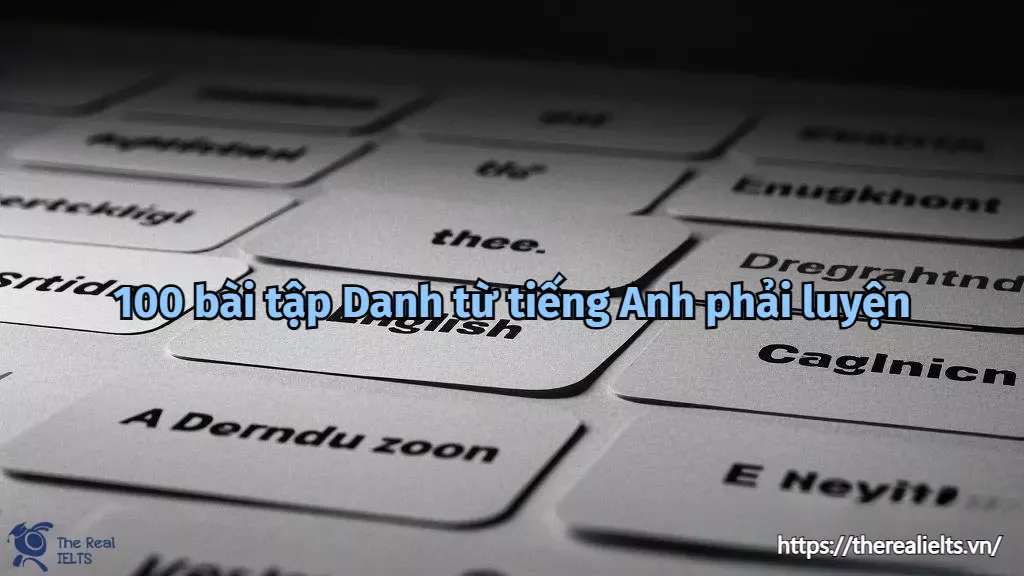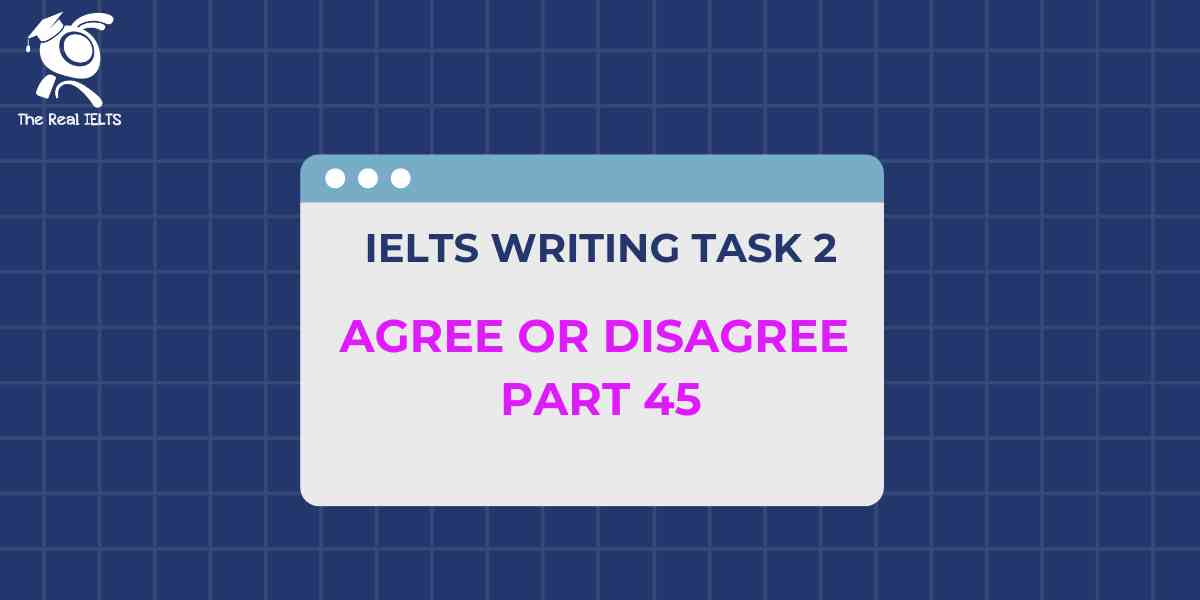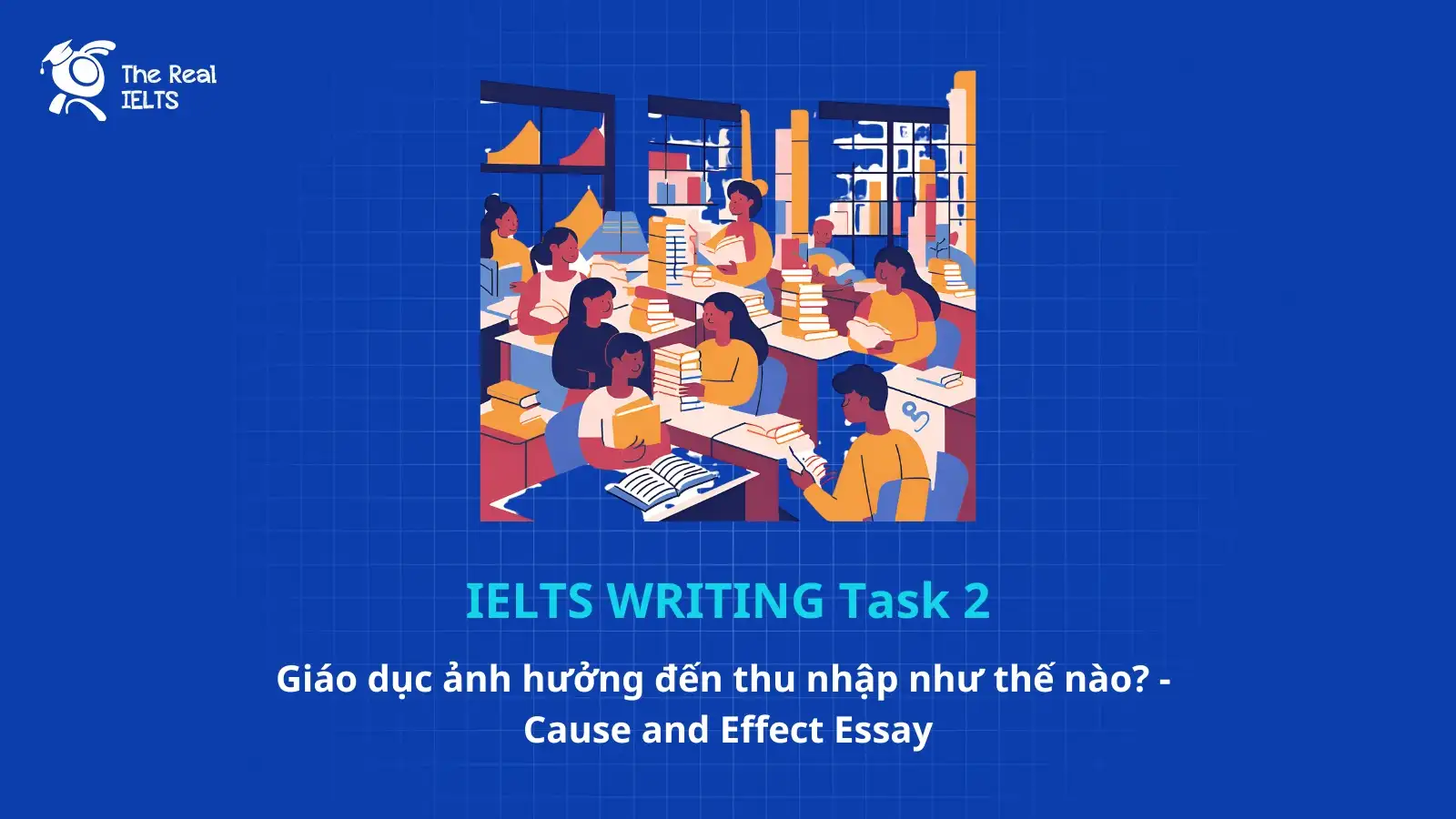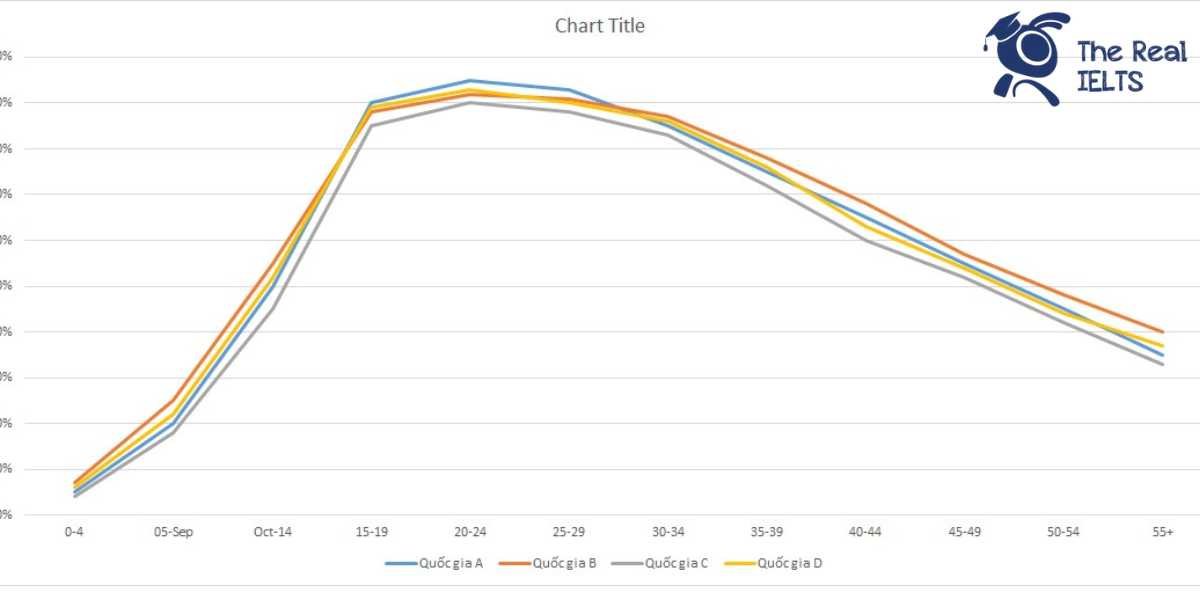Đề bài IELTS Writing Task 2 dạng Positive or Negative rehabilitation
You should spend about 40 minutes on this task
The increasing use of virtual reality in therapy and rehabilitation. Do you think this is a positive or negative development?
Write at least 250 words.
Giải mẫu đề luyện thi IELTS Writing
The use of virtual reality (VR) in therapy and rehabilitation has gained significant traction in recent years. While this innovative approach presents numerous advantages, it also raises concerns. This essay will argue that the increasing application of VR in therapy and rehabilitation is largely a positive development, though some potential drawbacks must be considered.
On the positive side, VR offers a unique, immersive environment that can be tailored to meet individual patient needs. This personalization is particularly beneficial in treating conditions such as phobias, PTSD (Post-Traumatic Stress Disorder), and physical disabilities. For instance, patients suffering from PTSD can gradually confront and manage their triggers in a controlled environment, reducing anxiety and promoting recovery. Similarly, individuals with physical injuries can engage in VR-based exercises that simulate real-world scenarios, enhancing their motor skills and confidence without the risk of injury.
Moreover, VR has proven to be a cost-effective solution for both patients and healthcare providers. Traditional therapy often requires specialized facilities and equipment, which can be expensive and inaccessible to many. VR, on the other hand, can be deployed in a variety of settings, including patients’ homes, reducing the need for frequent visits to clinics. This accessibility not only lowers costs but also increases the reach of therapeutic interventions, particularly in remote or underserved areas.
However, there are also potential downsides to the increasing reliance on VR in therapy. One significant concern is the possibility of over-reliance on technology at the expense of human interaction. Therapy is not just about exercises and exposure but also about the patient-therapist relationship, which plays a crucial role in the healing process. Excessive use of VR could diminish this relationship, potentially leading to less effective treatment outcomes.
Furthermore, VR technology is still in its developmental stages, and there are risks associated with its use. Issues such as motion sickness, eye strain, and the psychological effects of prolonged exposure to virtual environments need to be thoroughly investigated and mitigated to ensure patient safety.
In conclusion, while the increasing use of VR in therapy and rehabilitation presents numerous benefits, it is essential to approach this development with caution. The potential for reduced human interaction and the risks associated with the technology must be carefully managed. Overall, I believe that VR is a positive development in the field of therapy and rehabilitation, provided that it is used as a complement to traditional methods rather than a replacement.
Thống kê cấu trúc câu và cấu trúc ngữ pháp
Cấu trúc câu:
- Câu mở đầu: “The use of virtual reality (VR) in therapy and rehabilitation has gained significant traction in recent years.”
- Cấu trúc: Hiện tại hoàn thành (Present Perfect Tense).
- Câu giải thích: “While this innovative approach presents numerous advantages, it also raises concerns.”
- Cấu trúc: Mệnh đề chỉ thời gian với “while” kết hợp với Hiện tại đơn (Present Simple Tense).
- Câu luận điểm chính: “This essay will argue that the increasing application of VR in therapy and rehabilitation is largely a positive development, though some potential drawbacks must be considered.”
- Cấu trúc: Tương lai đơn (Future Simple Tense), Mệnh đề phụ thuộc với “though”.
- Câu chi tiết hóa: “On the positive side, VR offers a unique, immersive environment that can be tailored to meet individual patient needs.”
- Cấu trúc: Hiện tại đơn (Present Simple Tense), Mệnh đề quan hệ (Relative Clause).
- Câu giải thích ví dụ: “This personalization is particularly beneficial in treating conditions such as phobias, PTSD, and physical disabilities.”
- Cấu trúc: Hiện tại đơn (Present Simple Tense).
- Câu ví dụ cụ thể: “For instance, patients suffering from PTSD can gradually confront and manage their triggers in a controlled environment, reducing anxiety and promoting recovery.”
- Cấu trúc: Câu điều kiện loại 0 (diễn tả thực tế), Hiện tại đơn (Present Simple Tense).
- Câu mở rộng ví dụ: “Similarly, individuals with physical injuries can engage in VR-based exercises that simulate real-world scenarios, enhancing their motor skills and confidence without the risk of injury.”
- Cấu trúc: Hiện tại đơn (Present Simple Tense), Mệnh đề quan hệ (Relative Clause), Cụm từ chỉ mục đích với “without”.
- Câu so sánh: “Moreover, VR has proven to be a cost-effective solution for both patients and healthcare providers.”
- Cấu trúc: Hiện tại hoàn thành (Present Perfect Tense), Mệnh đề với “to be”.
- Câu đối chiếu: “Traditional therapy often requires specialized facilities and equipment, which can be expensive and inaccessible to many.”
- Cấu trúc: Hiện tại đơn (Present Simple Tense), Mệnh đề quan hệ (Relative Clause).
- Câu mô tả: “VR, on the other hand, can be deployed in a variety of settings, including patients’ homes, reducing the need for frequent visits to clinics.”
- Cấu trúc: Hiện tại đơn (Present Simple Tense), Cụm từ chỉ mục đích với “reducing”.
- Câu mở rộng luận điểm: “This accessibility not only lowers costs but also increases the reach of therapeutic interventions, particularly in remote or underserved areas.”
- Cấu trúc: Hiện tại đơn (Present Simple Tense), Cấu trúc “not only…but also…”.
- Câu chỉ hạn chế: “However, there are also potential downsides to the increasing reliance on VR in therapy.”
- Cấu trúc: Hiện tại đơn (Present Simple Tense), Cấu trúc với “However”.
- Câu giải thích hạn chế: “One significant concern is the possibility of over-reliance on technology at the expense of human interaction.”
- Cấu trúc: Hiện tại đơn (Present Simple Tense).
- Câu luận giải: “Therapy is not just about exercises and exposure but also about the patient-therapist relationship, which plays a crucial role in the healing process.”
- Cấu trúc: Hiện tại đơn (Present Simple Tense), Mệnh đề quan hệ (Relative Clause), Cấu trúc “not just…but also…”.
- Câu diễn tả lo ngại: “Excessive use of VR could diminish this relationship, potentially leading to less effective treatment outcomes.”
- Cấu trúc: Câu điều kiện loại 2 (diễn tả khả năng xảy ra trong tương lai).
- Câu nhấn mạnh rủi ro: “Furthermore, VR technology is still in its developmental stages, and there are risks associated with its use.”
- Cấu trúc: Hiện tại đơn (Present Simple Tense), Cấu trúc với “and”.
- Câu liệt kê rủi ro: “Issues such as motion sickness, eye strain, and the psychological effects of prolonged exposure to virtual environments need to be thoroughly investigated and mitigated to ensure patient safety.”
- Cấu trúc: Hiện tại đơn (Present Simple Tense), Cấu trúc bị động với “need to be investigated and mitigated”.
- Câu kết luận: “In conclusion, while the increasing use of VR in therapy and rehabilitation presents numerous benefits, it is essential to approach this development with caution.”
- Cấu trúc: Hiện tại đơn (Present Simple Tense), Mệnh đề chỉ thời gian với “while”.
- Câu tổng kết: “The potential for reduced human interaction and the risks associated with the technology must be carefully managed.”
- Cấu trúc: Hiện tại đơn (Present Simple Tense), Câu bị động với “must be managed”.
- Câu quan điểm cá nhân: “Overall, I believe that VR is a positive development in the field of therapy and rehabilitation, provided that it is used as a complement to traditional methods rather than a replacement.”
- Cấu trúc: Câu điều kiện loại 1 với “provided that”.
Từ kết nối câu và đoạn:
- While – Dùng để nối mệnh đề tương phản.
- This essay will argue that – Mở đầu luận điểm chính.
- On the positive side – Dùng để chỉ ý kiến tích cực.
- For instance – Dùng để đưa ra ví dụ cụ thể.
- Similarly – Dùng để nối hai ý kiến có sự tương đồng.
- Moreover – Dùng để thêm vào một luận điểm tích cực.
- On the other hand – Dùng để chỉ sự đối lập.
- Not only…but also – Dùng để nhấn mạnh hai yếu tố đồng thời xảy ra.
- However – Dùng để chuyển sang ý kiến trái chiều hoặc lưu ý.
- Furthermore – Dùng để thêm thông tin vào lập luận đã trình bày.
- In conclusion – Dùng để bắt đầu phần kết luận.
- Overall – Dùng để tóm tắt quan điểm chung.
Các từ vựng tiếng Anh cần lưu ý trong bài viết
- Virtual reality (VR) – Thực tế ảo (VR)
- Therapy – Trị liệu
- Rehabilitation – Phục hồi chức năng
- Traction – Sự thu hút, sự chấp nhận rộng rãi
- Innovative – Sáng tạo, đổi mới
- Immersive – Mang tính chất đắm chìm
- Tailored – Được tùy chỉnh, điều chỉnh cho phù hợp
- Phobias – Chứng sợ hãi
- PTSD (Post-Traumatic Stress Disorder) – Rối loạn căng thẳng sau sang chấn
- Controlled environment – Môi trường được kiểm soát
- Simulate – Mô phỏng
- Motor skills – Kỹ năng vận động
- Confidence – Sự tự tin
- Cost-effective – Hiệu quả về chi phí
- Specialized facilities – Cơ sở chuyên dụng
- Inaccessible – Khó tiếp cận
- Interventions – Can thiệp
- Remote – Vùng xa xôi
- Underserved areas – Khu vực thiếu dịch vụ
- Over-reliance – Sự phụ thuộc quá mức
- Human interaction – Tương tác con người
- Patient-therapist relationship – Mối quan hệ giữa bệnh nhân và nhà trị liệu
- Healing process – Quá trình hồi phục
- Excessive use – Việc sử dụng quá mức
- Developmental stages – Giai đoạn phát triển
- Motion sickness – Say tàu xe, say khi di chuyển
- Eye strain – Mỏi mắt
- Prolonged exposure – Tiếp xúc kéo dài
- Mitigated – Giảm thiểu
- Patient safety – Sự an toàn của bệnh nhân
- Complement – Bổ sung
- Replacement – Sự thay thế
Đọc thêm bài viết: Cách làm bài thi IELTS Writing Task 2.


